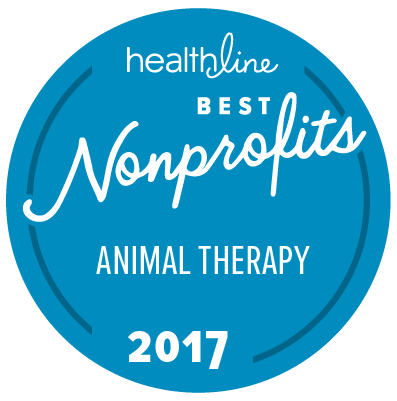Principal Investigator
Rationale
Researchers have demonstrated that it is common for abusive partners to threaten or inflict harm upon family animal companions as a means of threatening, controlling, or hurting their romantic partners, especially when the abused partners have a close attachment to the animal companion (Adams, 1995; Faver & Strand, 2007; Fitzgerald, Barrett, Stevenson,& Chung, 2019; Flynn, 2000). In fact, studies conducted in Australia (Volant et al., 2008), Canada (Barrett, Fitzgerald, Stevenson, & Cheung, 2017), Ireland (Allen et al., 2006), New Zealand (Roguski, 2012), and the United States (e.g., Collins et al., 2018; Simmons & Lehmann, 2007) show that 25%-89% of female victims of IPV report that there is co-occurring IPV and threatened or enacted AA in their romantic relationships. Despite this well-established link, little research has examined the potential impact of AA on human victims (Fitzgerald, Barrett, Stevenson, & Fritz,2020).
Objective
The long-term research goal is to use information gathered to further encourage domestic violence shelters and services to include companion animals in their programs, such as allowing survivors of IPV and their animals to stay together in places of safety.
Hypothesis
- Objective 1:We will explore the connection between the experience of AA in the context of IPV and overall wellbeing(subjective health, mental health, life satisfaction, psychological disorders, substance use, suicidality), hypothesizing poorer wellbeing indicators among respondents reporting existing and/or frequent AA(+IPV), compared to respondents reporting less frequent or no experience of AA(+IPV).
- Objective 2:We will explore the connection between the experience of AA in the context of IPV and negative health consequences of IPV on survivors(both personal—nightmares, feeling numb, detached—and relational—feel controlled, fearful or anxious of partners), hypothesizing poorer health consequences among respondents reporting existing and/or frequent AA(+IPV), compared to respondents reporting less frequent or no experience of AA(+IPV).
- Objective 3:We will explore the connection between the experience of AA in the context of IPV and survivor’s help-seeking behavior (police involvement, leaving abusive context, location post-leaving), hypothesizing more engagement in help-seeking among respondents reporting existing and/or frequent AA(+IPV), compared to respondents reporting less frequent or no experience of AA(+IPV).In Phase II, qualitative in-depth interviews will be conducted with survivors of IPV who have or had companion animals, with the interview guide developed based on trends revealed in the Phase I analysis. Phase II is guided by the following two objectives.
- Objective 4:We will explore the role of companion animals in IPV survivors’ experiences involving their help-seeking behavior and IPV-related health consequences. Interview questions will center on how companion animals influence the healing process for survivors.
- Objective 5:We will explore the role of companion animals in impacting the overall wellbeing of IPV survivors. Interview questions will center on multiple forms of physical and mental health, including prior to, during, and after the violence
Design
The researchers are utilizing a cross-section-designed mixed methods approach. Phase I involves a secondary data analysis of the Statistics Canada administered Survey of Safety in Public and Private Spaces (SSPPS), which includes measures of IPV, AA, and wellbeing. In Phase II, they will conduct in-depth qualitative interviews with survivors of IPV who have or had companion animals, with both retrospective and current elements focusing on how companion animals impact survivors’ IPV experience and wellbeing more generally.
Expected Results
This research can be used by domestic violence service providers in grant applications to fund expanded services or challenge exclusionary policies, directly impacting the lives of survivors of IPV and their animal companions. The research will add to the growing body of literature documenting the prevalence ofanimal victims of domestic violence through the use of a large, representative Canadian sample. Importantly, the research will challenge the conceptualization of animals as tools of the abuser in situations of IPV, instead theorizing animals as victims intheir own right, and partners in the healing journey of human survivors.




